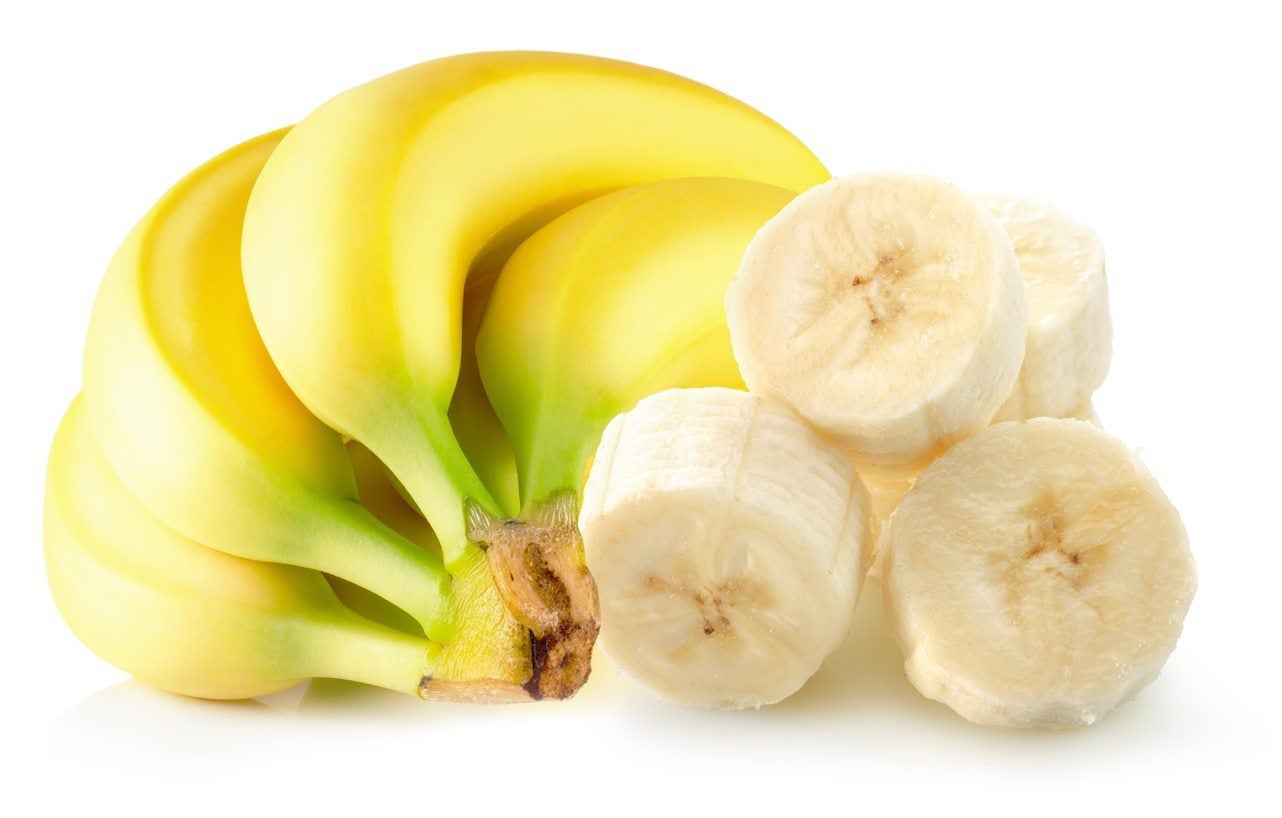Growing Banana Fed Staghorns: How To Use Bananas To Feed A Staghorn Fern

Banana peels are rich in potassium and provide smaller amounts of manganese and phosphorus, all essential nutrients for gardens and houseplants. We would usually think of composting as the appropriate way to deliver these minerals to our plants. What about “feeding” banana peels directly to plants? In the case of at least one plant, the staghorn fern, adding whole banana peels is just as effective as composting them first. You can “feed” a whole peel or even a whole banana to the plant by placing it on top of the plant, among its fronds.
About Banana Peel and Staghorn Ferns
Feeding staghorn ferns with bananas is possible because of this plant’s unique lifestyle. Staghorn ferns are epiphytes, plants that grow on elevated surfaces away from contact with the soil. They produce two types of fronds: antler fronds, which stick out from the center of the fern, and basal fronds, which grow in overlapping layers and cling to the surface the plant is growing on. The upper portion of the basal fronds grows upward and often forms a cup shape that can collect water. In nature, staghorn ferns typically grow attached to tree limbs, trunks, and rocks. In this habitat, organic materials like leaf litter collect in the cup formed by the upturned basal fronds. Water washing down from the forest canopy both hydrates the fern and brings it nutrients. Organic materials falling into the cup break down and slowly release minerals for the plant to absorb.
How to Use Bananas to Feed a Staghorn Fern
Using banana fertilizer for staghorn ferns is an easy way to maintain your plant’s health while reducing kitchen waste. Depending on the size of your fern, feed it with up to four banana peels a month to provide potassium plus smaller amounts of phosphorus and micronutrients. A banana peel is almost like a time-release fertilizer for these nutrients. Place the banana peels in the upright portion of the basal fronds or between the fern and its mount. If you’re worried that the peel will attract fruit flies to an indoor fern, soak the peel in water for a few days, discard or compost the peel, then water the plant. Since banana peels don’t contain much nitrogen, banana-fed staghorns should also be provided with a source of nitrogen. Feed your ferns monthly during the growing season with a balanced fertilizer. If your bananas are not organic, it’s best to wash the peels before you give them to your staghorn fern. Conventional bananas are typically treated with fungicides to control a damaging fungal disease. Since the peels are not considered edible, fungicides that are not permitted on edible parts may be allowed on peels.
Gardening tips, videos, info and more delivered right to your inbox!
Sign up for the Gardening Know How newsletter today and receive a free copy of our e-book "How to Grow Delicious Tomatoes".
Ilana Goldowitz Jimenez is a scientific and agricultural writer with a B.S. in Plant Sciences from Cornell University and a PhD in Chemical Biology and Infectious Disease from Harvard University.
-
 Moody Blooms For Spring: 8 Types Of Black Flowers To Add Drama To Spring Displays
Moody Blooms For Spring: 8 Types Of Black Flowers To Add Drama To Spring DisplaysFrom midnight burgundies to inky violets, several types of black flowers can enrich and embolden a spring display. Try these brooding bloomers for a moody garden
By Tonya Barnett
-
 Can Snake Plants Live Outside? Everything You Need To Know For Snake Plants Al Fresco
Can Snake Plants Live Outside? Everything You Need To Know For Snake Plants Al FrescoSnake plants can live outside given the right conditions, but be careful that they don't take over! Learn the best way to use snake plants in your landscape.
By Mary Ellen Ellis